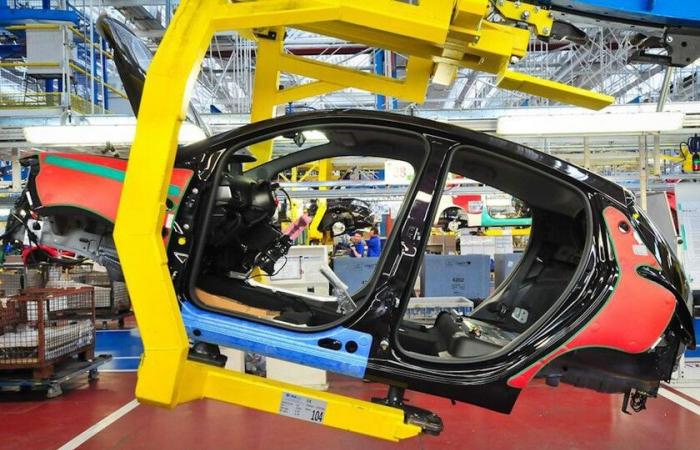
-
Stellantis left China and reached an agreement with Leapmotor to produce its cars
-
Its factory in Poland is already doing tests to put them on the market at a cost like that of China
Just a week ago, the European Union confirmed that it will impose tariffs on electric cars arriving from China. The measure particularly affects BYD, Geely and SAIC, which face an economic wall of between 17.4% and 38.1% increase in cost for bringing their electric cars to our continent.
Although the measure will begin to work temporarily as of July, it still has to be reaffirmed by the countries of the European Commission next November.
It should be added that the three Chinese giants have been singled out by the European Union but it is expected that the tariffs will be extended to a greater or lesser extent to all electric cars exported from the Asian country if it is proven that Western brands received benefits for working there. and their willingness to collaborate in the investigation, facing tariffs that can be placed in the previous range.
Tesla, for example, has requested a variable punishment depending on the car, since the same model is produced in Europe, the United States or China depending on the mechanical variant chosen. This should raise the price of some versions of the Tesla Model 3. Companies such as BMW, Mercedes or Volkswagen have been against tariffs, such as Renault with its Dacia Spring, are waiting to finish knowing all the details.
That is, the measure will be applied temporarily starting in July and it will be in November when the regulations are definitively applied or corrected in favor or to the detriment of electric cars arriving from China. Along the way, negotiations with the Chinese Government to reach a possible agreement.
And, in all this bureaucratic mess that, without a doubt, generates uncertainty in the short-term future of these companies, Stellantis can make a good profit.
The master move of Carlos Tavares
If anyone has stood out for attacking Chinese cars in recent years it has been Carlos Tavares. The CEO of Stellantis has defended actively and passively that his cars could not compete on equal terms with the vehicles that arrive from there and threatened to take European production to countries like India to equalize his starting position.
Unlike other European companies, Stellantis ended up leaving China after a bad experience in the country. To make There, the Government requires partnering with a local company and its agreement with GAC was not successful. The bad experience led Stellantis to exit a gigantic market such as China.
But Tavares had an ace up his sleeve. While the rumor of European tariffs gained momentum, Stellantis bought 21% of Leapmotor and two seats on the board of directors. But, above all, it managed to gain the rights to export Leapmotor vehicles outside of China, as well as the exploitation of its trade name and the possibility of assembling its vehicles beyond Chinese borders.
This is what Stellantis will carry out in Poland. As confirmed Automotive News, the automobile giant is already carrying out tests in the European country to launch its Leapmotor car production chain in the coming months. The movement is similar to what Chery is trying with its Barcelona plant.
From Reuters They point out that taking Leapmotor production to Poland is closely related to the expense and cost control. According to the agency, the production cost per vehicle is between 400 and 500 euros (similar to that of producing in China) but in Italy it would be about 1,000 euros. This data only includes assembling the vehicle, it does not take into account the price of the battery, for example.
With this move, Tavares hopes to jump over the economic wall that Europe wants to impose on China. At the same time that it produces at a low cost a car that has already been designed in China (it saves all those development costs), it gains an advantage over Chinese companies that are establishing themselves in the European market and that will have to face tariffs until they produce their cars in Europe.
Photo | Stellantis
In Xataka | Europe cannot afford a 100% tariff on Chinese electric cars for a simple reason: Germany

